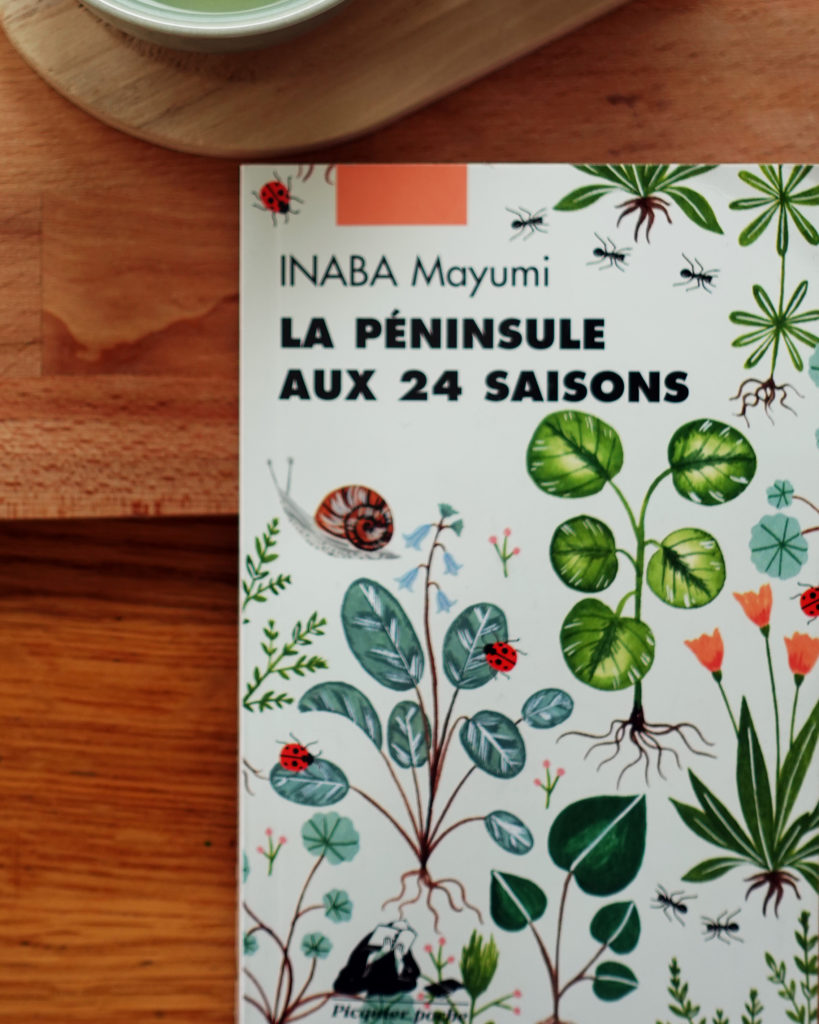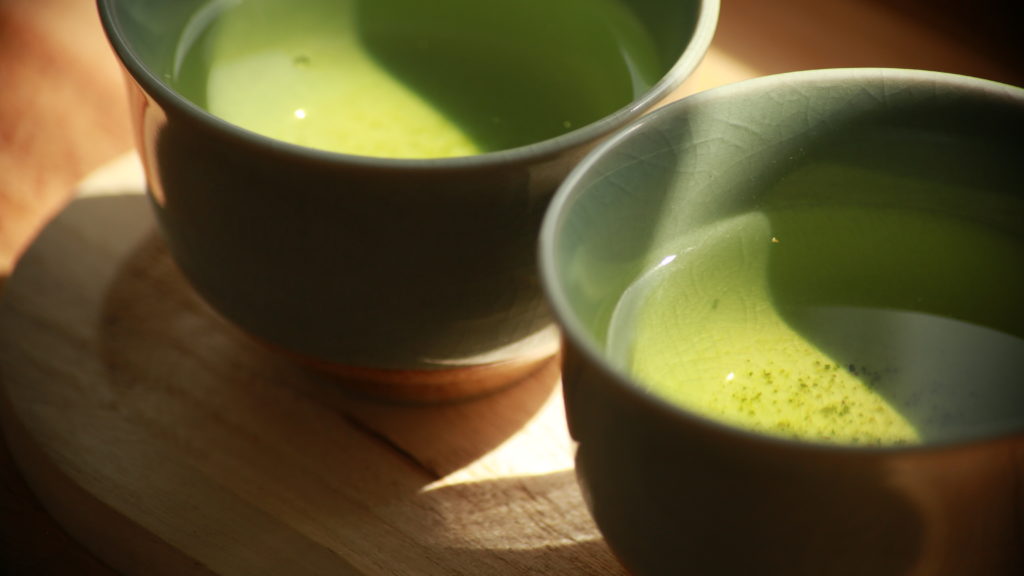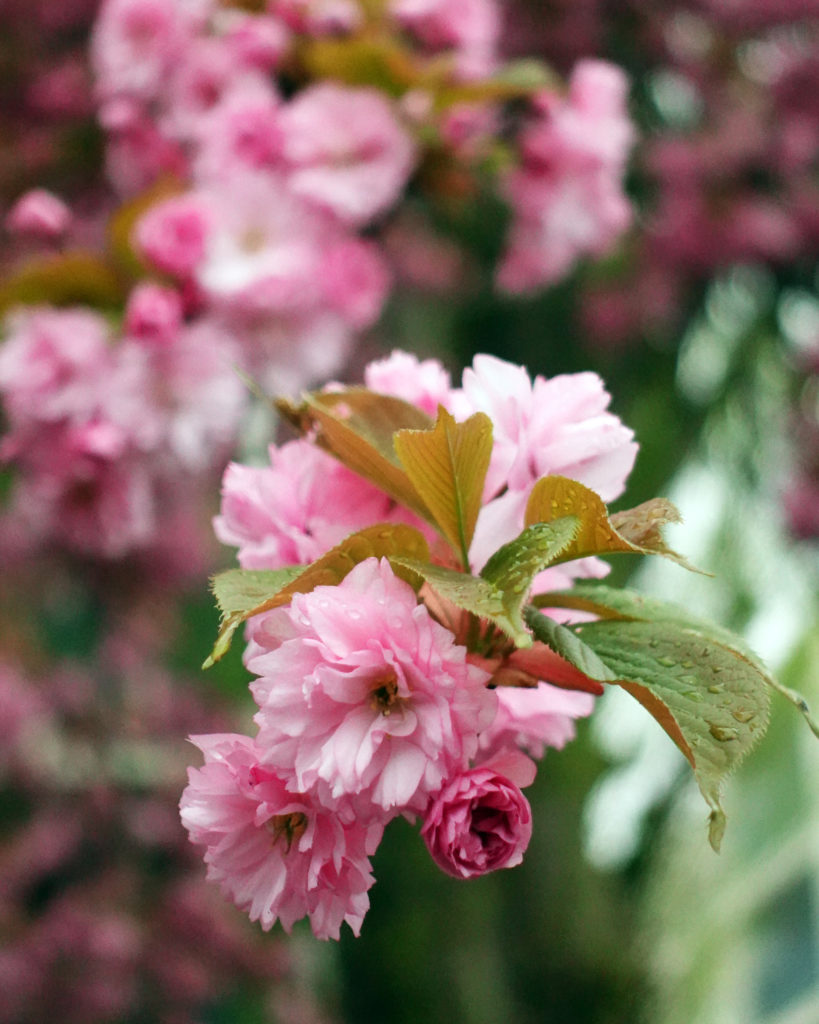風物詩
fuubutsushiThe things – feelings, scents, images – that evoke memories or anticipation of a particular season.
Nostalgia that occurs when something triggers memories from a specific season.
I have lived all of my life thus far in countries with 4 seasons. Admittedly, the climate changes have shortened some of the seasons in recent years, but still, the succession of summer, autumn, winter and spring has always been a part of my life. So you can imagine my surprise when I first stumbled upon the concept of 24 seasons in a Japanese year. Intrigued, I started investigating… This type of calendar, called 24 sekki, originally comes from China, and was invented so that people could navigate their agricultural activities with more precision than just 4 seasons. Knowing when to sew the fields or harvest a specific crop needs a little more detail than Spring or Autumn. The calendar crossed the sea around the 6th century, and transformed a little through Japanese local customs.
If the need for these terms is less important in today’s world, they remain as a poetic reminder of the possibilities that stand before us. A season can be 15 or 90 days long, it all depends on how we wish to relate to the notion of time. I’ve often felt that a month went by almost without me noticing it when it’s the first of the next month already. So the idea that every 15 days I am reminded of the season I’m in, of how nature responds to the sun or the elements, could make me live the present moment in a more mindful way. Or maybe I’m just under the influence of Mayumi Inaba’s novel, La péninsule aux 24 saisons, that I would like to translate as The 24 seasons peninsula, but the internet seems to think differently.
I’ve read the novel in French, and while I was preparing this I tried to find translations but there wasn’t much to be found… Her wikipedia page was the most info I could get in English and it said : Mayumi Inaba was a Japanese writer and poet. She won the Tanizaki Prize in 2011 for To the Peninsula . Her short story “Morning comes twice a day” was translated into English by Lawrence Rogers for the collection Tokyo stories: a literary stroll.
So if you don’t read Japanese or French, consider this review as an opportunity to meet someone from a distant land, even if you cannot speak their language. I’ll do my best to interpret…
A novel that feels as intimate as a journal, the story of a woman in search for a long lost connection to nature and her own energy. She embarks on a year long adventure along with her cat, as she rediscovers the simple pleasures of the 24 Japanese seasons. The wind becomes a ritual of purification, the forest offers wild-berries for her delight, the neighbours are delightful people that live serene lives. Every day holds its fare share of wisdom to be collected.
The French editor has chosen a great pitch for this book : 24 seasons is the time we need to be born again, to fall back in love with life. And that gets you thinking, especially if you live in the city : how far away have I gotten from the essentials ? Is it absolutely necessary to retreat into nature in order to recalibrate your own life ? The pandemic has certainly brought this question back into the spotlight, and it can sometimes get confusing to see everyone around you miserable and complaining about the city all the time, while all those that converted to country life seem perfectly radiant on their instagram feeds. The book manages to effortlessly take me along into a fairy land of fireflies and bamboo forests, while giving me joy with a simple reflection :
I am neither a naturalist, nor do I denounce materialism. I have nothing against the fully lit nights of the XXIst century cities and I’ve always been one to take full advantage of our modern life commodities. But I also love the forest at night, with its whiff of prehistoric scent. I can be joyful while window-shopping just as I love to observe all living beings of the forest, or walk on the beach. I’m used to loving both and I know I could never give up either one.
INABA Mayumi, La péninsule aux 24 saisons
Such a profound yet simple subject calls for a ceremonial tea. And if we’ve already discussed the Matcha ritual, the preparing and drinking of Sencha is not to be forgotten. Sencha is the most popular tea in Japan, with its distinctive green needles and bright colourful infusion, it has become a staple in many tea houses around the world. My selection, from Le Parti du Thé, is a Johin Sencha, delicately rolled, with subtle sea notes of white fish and freshly cut grass, this tea requires a delicate infusion, so water at 70°C / 158°F. How do you measure that without a thermometer ? You go old school. And for this, I’m going to keep talking in Celsius but there’s no confusion possible. Water boils at about 100°C. When pouring it into a room temperature container, it looses 10°C. So you just need to pour it into 3 different containers and you’ve got the perfect steeping temperature for green tea. A quick steep of about a minute, and you can alternate your cups so you get a more balanced flavour. Remember to never loose the last drop, it is said to contain the whole Universe.
With that in mind, I wanted to dive into the philosophy of Hanami, which was the initial reason I decided to dedicate my month of April to Japanese literature. Thanks to the perfume industry and carefully constructed marketing schemes, the name Sakura has become quite popular in the west. So it was only natural that the Hanami concept should follow. The word Hanami means “looking at flowers”, and it has its roots in the Chinese ancient practice of looking at plum blossoms. Emperor Saga held the first sakura-viewing party, complete with food, music and poetry writing, after being struck by the beauty of a particular cherry tree at Jishu Shrine. From 831, it became a regular event at the imperial court and cherry blossom hanami spread among the aristocratic class. Here in Paris, the Japanese fascination has taken many forms, and one of them is the Hanami festival organised in the gardens of the Sceaux palace. My plan was to attend, of course, but life had other plans, so I decided to transform my initial sadness into an opportunity for reflection. The idea of a moment dedicated to admiring flowers seems to me like the perfect meditation for an ordinary day. So on my way home, on a random cloudy day, I stopped under the cherry trees… It’s fascinating how many cherry trees in bloom I noticed this Spring. My attention was already directed that way, so they were just showing up everywhere. I got to have my Hanami a little every day, with each blossom that asked to be admired from the window of my bus or on my way to the market. Every occasion is perfect for mindful admiration.
A celebration of seasons, but mostly of our glorious Spring, with some ordinary and other extra – ordinary rituals. If you’re in need of some musical inspiration, you can find HERE a playlist of traditional Japanese music I listen to while reading.
Until next time, enjoy your reading, and your rituals !









